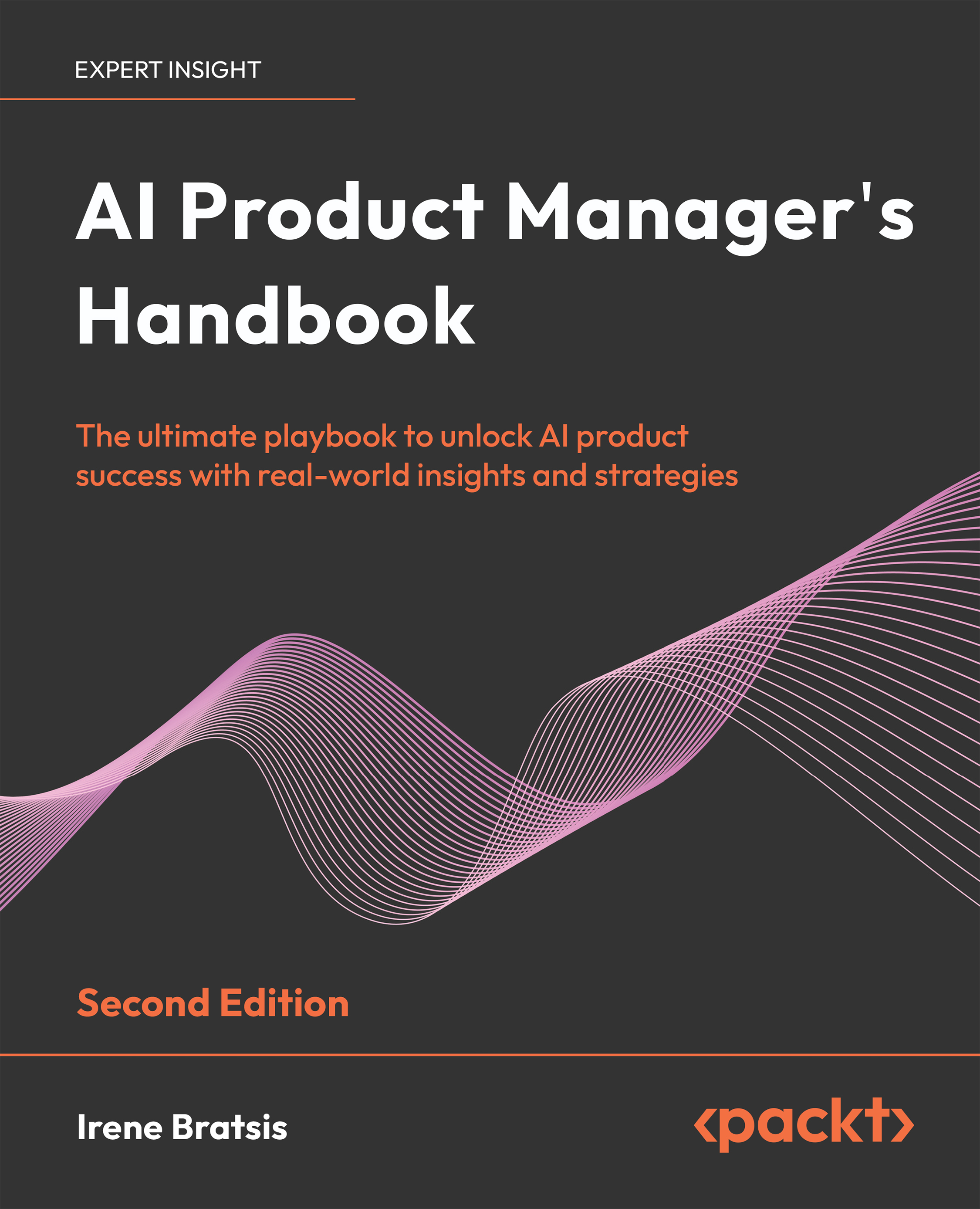Bater Makhabel (LinkedIn: BATERMJ and GitHub: BATERMJ) is a system architect who lives across Beijing, Shanghai, and Urumqi in China. He received his master's and bachelor's degrees in computer science and technology from Tsinghua University between the years 1995 and 2002. He has extensive experience in machine learning, data mining, natural language processing (NLP), distributed systems, embedded systems, the web, mobile, algorithms, and applied mathematics and statistics. He has worked for clients such as CA Technologies, META4ALL, and EDA (a subcompany of DFR). He also has experience in setting up start-ups in China._x000D_ Bater has been balancing a life of creativity between the edge of computer sciences and human cultures. For the past 12 years, he has gained experience in various culture creations by applying various cutting-edge computer technologies, one being a human-machine interface that is used to communicate with computer systems in the Kazakh language. He has previously collaborated with other writers in his fields too, but Learning Data Mining with R is his first official effort.
Read more
 United States
United States
 Great Britain
Great Britain
 India
India
 Germany
Germany
 France
France
 Canada
Canada
 Russia
Russia
 Spain
Spain
 Brazil
Brazil
 Australia
Australia
 Singapore
Singapore
 Canary Islands
Canary Islands
 Hungary
Hungary
 Ukraine
Ukraine
 Luxembourg
Luxembourg
 Estonia
Estonia
 Lithuania
Lithuania
 South Korea
South Korea
 Turkey
Turkey
 Switzerland
Switzerland
 Colombia
Colombia
 Taiwan
Taiwan
 Chile
Chile
 Norway
Norway
 Ecuador
Ecuador
 Indonesia
Indonesia
 New Zealand
New Zealand
 Cyprus
Cyprus
 Denmark
Denmark
 Finland
Finland
 Poland
Poland
 Malta
Malta
 Czechia
Czechia
 Austria
Austria
 Sweden
Sweden
 Italy
Italy
 Egypt
Egypt
 Belgium
Belgium
 Portugal
Portugal
 Slovenia
Slovenia
 Ireland
Ireland
 Romania
Romania
 Greece
Greece
 Argentina
Argentina
 Netherlands
Netherlands
 Bulgaria
Bulgaria
 Latvia
Latvia
 South Africa
South Africa
 Malaysia
Malaysia
 Japan
Japan
 Slovakia
Slovakia
 Philippines
Philippines
 Mexico
Mexico
 Thailand
Thailand















